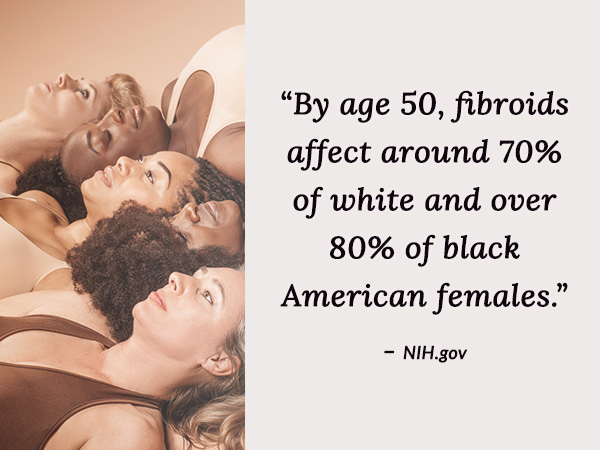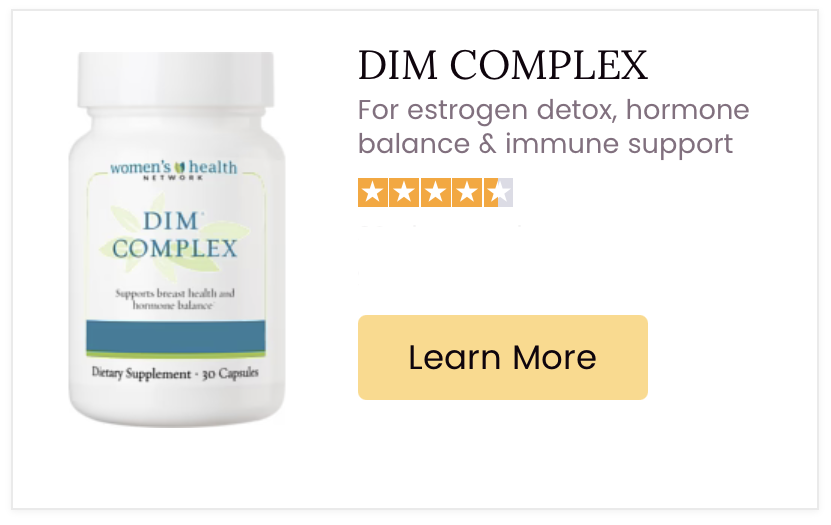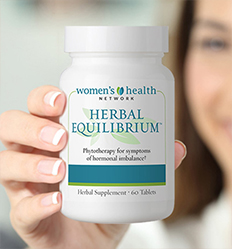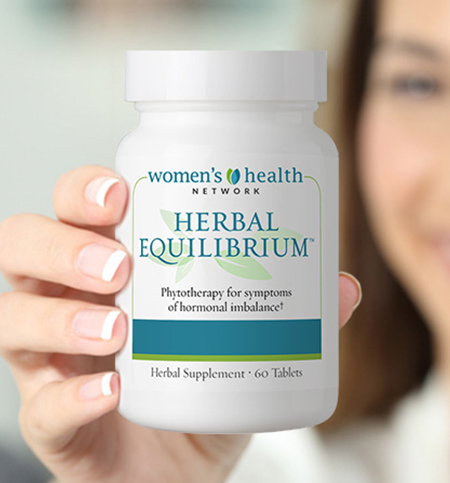Authored by Dr. Sharon Stills, NMD
When women suffer from hormonal imbalance, conventional medicine puts the blame on low estrogen levels. Then it promotes estrogen (or a combination of estrogen and progesterone) as the best way to feel better. We know it’s just not that simple.

In fact, many symptoms of hormonal imbalance, along with more severe conditions such as endometriosis or uterine fibroids, are associated with relatively high estrogen levels. This is known as estrogen dominance. It’s a common condition that for many women may also be the first stage of perimenopause. But the right solution is not simply reducing estrogen either.
To resolve the underlying cause of your individual hormonal imbalance, estrogen dominance and troubling symptoms you need more than a “one size fits all” or “one hormone” approach.
What is estrogen dominance?
Estrogen dominance occurs when estrogen levels are high compared to levels of progesterone. It’s especially common in the early stages of the menopause transition, and can occur years before menopause. That’s why when a premenopausal woman suffers from symptoms of hormonal imbalance we always look at the ratio between her estrogen and progesterone.
Normally, these two hormones rise and fall as part of your menstrual cycle. Each month, your estrogen level naturally increases before ovulation. Then it falls for the rest of your cycle while progesterone increases. This natural fluctuation pattern is controlled by a complex set of feedback loops which determines how much or little of each hormone is being made at any one time to maintain hormonal balance.
With estrogen dominance, your natural balance is disrupted and you may not even realize it until it leads to troubling symptoms. One disruption occurs when estrogen remains at its regular level, but your progesterone levels begin to drop — so you have “too much” estrogen. Another imbalance can result when extra estrogen is added to your system through diet and lifestyle choices that influence how you metabolize estrogen and regulate energy. For instance, consuming too much sugar can contribute to hormonal imbalance and estrogen dominance.
Normal estrogen levels in women
| Life Stage | Estrone Range | Estradiol Range |
| Prepubescent Female | Undetectable – 29 pg/ml | Undetectable – 20 pg/ml |
| Pubescent Female | 10-200 pg/ml | Undetectable – 350 pg/ml |
| Premenopausal Adult Female | 17-200 pg/ml | 15-350 pg/ml |
| Postmenopausal Female | 7-40 pg/ml | <10 pg/ml |
Even tiny changes in levels can cause symptoms, because estrogen is more powerful in smaller amounts than other steroid hormones.
Signs & symptoms of high estrogen-to-progesterone ratio
|
|
Conditions associated with relatively high estrogen levels
- Uterine fibroids
- Menorrhagia (heavy bleeding)
- Endometriosis
- Menstrual headaches
- PMS
- Breast/gynecological cancers
- Lupus
Finding a natural solution that can balance all of your hormones
Once you understand that estrogen, progesterone, testosterone, and your lifestyle choices all play roles in your symptoms, it’s quite clear why just adding one or two hormones isn’t going to help you feel better. However, many conventional practitioners still push Hormone Replacement Therapy (HRT) as a first step, even though it has a long history of being controversial due to significant health risks.
As always, we recommend you start with the most natural, least invasive form of support to let your body do the work of balancing all of your hormones. With this approach, you increase the amount of support you give your body — through nutrition, supplements, and lifestyle changes — so the support outweighs the demands. We have also found that the use of certain natural compounds can be highly effective for women with symptoms of estrogen dominance.
DIM supplementation supports healthy estrogen metabolism
Diindolylmethane (DIM) is a powerful compound found in cruciferous vegetables like broccoli, cauliflower, and Brussels sprouts. It supports healthy estrogen metabolism by promoting the metabolism of estrogen into its beneficial, non-toxic forms. This helps balance estrogen levels and reduce symptoms of estrogen dominance. DIM also has anti-inflammatory and antioxidant properties, contributing to overall hormone health. Taking a high-quality DIM supplement helps to support hormone balance, especially when combined with a nutrient-rich diet and a healthy lifestyle.
Ashwagandha and estrogen dominance
Ashwagandha (Withania somnifera) is one of these herbs, A traditional remedy from Ayurvedic medicine, ashwagandha has a growing body of research that backs its use for estrogen dominance. Specifically, ashwagandha has been shown to exert a balancing effect on the endocrine system and to reduce the amount of estrogen in the body by inhibiting the activity of an enzyme called aromatase, which is responsible for converting androgen to estrogen. Ashwagandha also contains compounds called withanolides, which have been shown to have anti-inflammatory and antioxidant effects, helping to diminish symptoms related to estrogen dominance.
Black cohosh and chasteberry
Other beneficial herbs include black cohosh and chasteberry. All three — ashwagandha, black cohosh and chaste berry — make up Herbal Equilibrium, our landmark phytotherapeutic complex. More than 80% of women who use the natural approach in our Hormonal Health Protocol, which includes this formula, find relief from their symptoms.
Dealing with estrogen dominance can feel overwhelming, but the good news is that there are many natural, effective ways to restore balance and reclaim your well-being. For a deeper dive into how to support your hormones naturally, read our article: Estrogen dominance diet: What to eat for hormonal balance.












